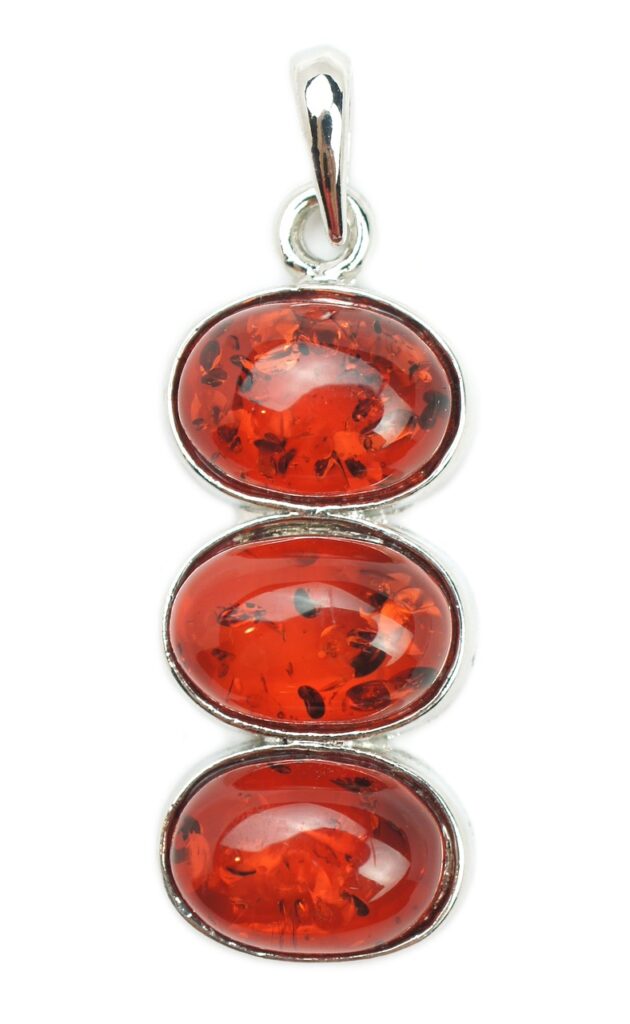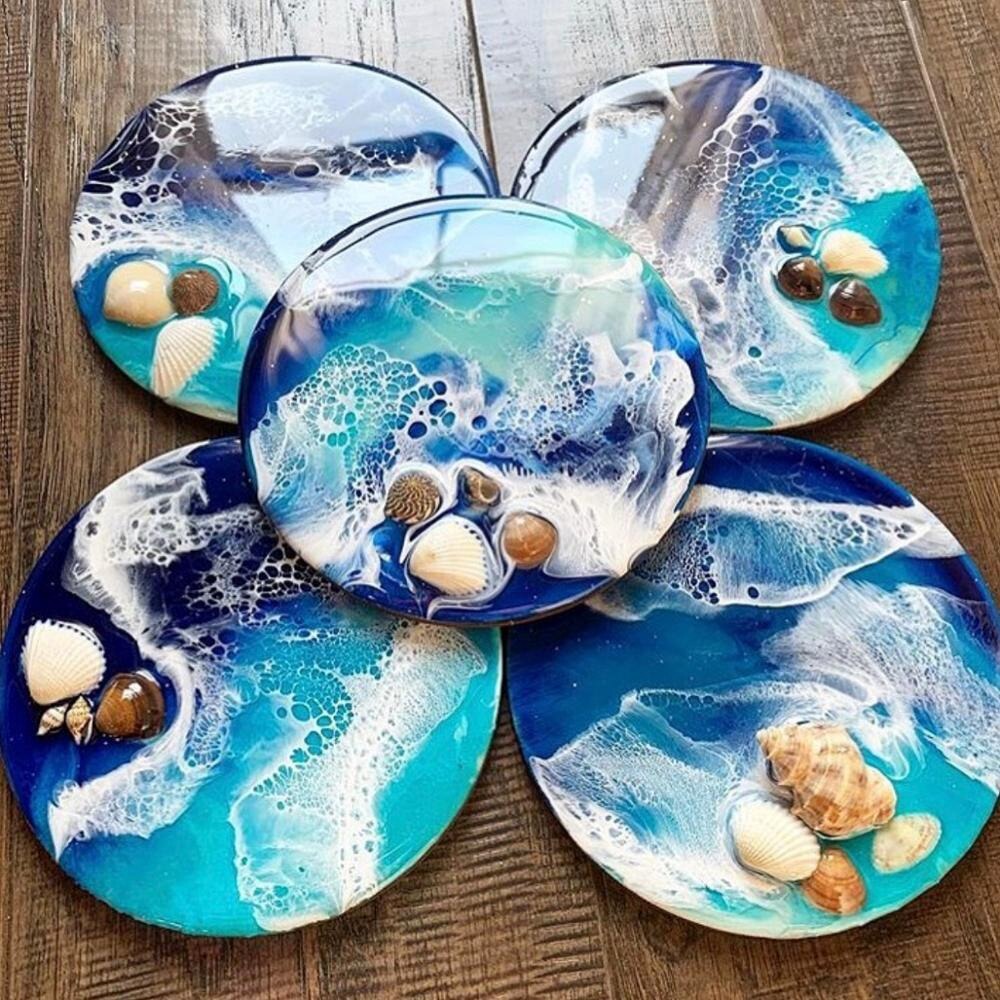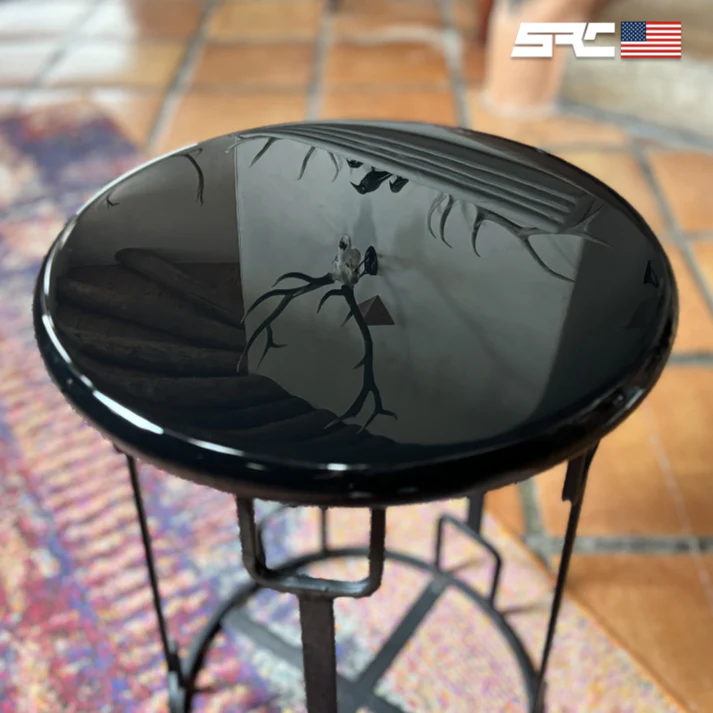Resin crafting is one of the most versatile and exciting materials for crafters. Its ability to capture fine details, incorporate vibrant colors, and form durable creations makes it an essential tool for artisans of all levels. Think of resin as a two-part system: mixing resin with a hardener triggers a chemical reaction that transforms the liquid into a solid. This adaptability has made resin a favorite in crafts, whether for casting intricate models, creating custom jewelry, or designing artistic home décor.
As an Amazon Associate, I earn from qualifying purchases.
This post contains affiliate links. If you make a purchase through these links, I may earn a commission at no extra cost to you
- Types of Resin: Choosing the Right One for Your Project
- Customizing Your Resin
- Setting Up Your Workspace: A Beginner’s Guide to Resin Safety
- Preparing Your Mold: Setting the Stage for Success With Resin Crafting
- Perfecting the Resin Crafting Mix: The Science of Success
- Pouring the Resin: Techniques for a Professional Finish
- Curing Time: The Art of Patience
- Troubleshooting Resin Issues
- Exploring the Creative Possibilities of Resin
- Final Thoughts: Mastering the Art of Resin Crafting
- Contact Us

Types of Resin: Choosing the Right One for Your Project
Not all resins are created equal. Understanding the differences between resin types ensures you pick the right material for your specific needs.
1. Epoxy Resin
Epoxy resin is known for its crystal-clear finish and strong adhesive properties, epoxy resin is ideal for jewelry, tabletops, and artistic projects. It cures to a glass-like appearance, making it perfect for embedding items like flowers, glitter, or pigments and many other resin crafting projects.
1a. Deep Pour Epoxy Resin.
Deep pour epoxy resins are also crystal clear but can be used in pours up to 2″ (50mm) thick.
- Strengths: UV-resistant, minimal shrinkage, and excellent for intricate designs.
- Best For: Jewelry, resin art, and decorative pieces.
Example: A crafter might use epoxy resin to create a vibrant, layered pendant by embedding dried flowers and mica powders, resulting in a one-of-a-kind jewelry piece.
2. Polyurethane Resin
This resin offers exceptional versatility. It cures quickly, is flexible when thin, and is ideal for casting models or figurines that might require some give.
- Strengths: Faster curing time, flexibility, and excellent detail capture.
- Best For: Prototyping, model making, and figurines.
Example: A hobbyist in resin crafting could use polyurethane resin to produce a series of tabletop gaming figurines, leveraging its quick curing time for multiple casts in a single session.
2a. Polyurethane Resin Foam
This version of polyurethane is due for making pieces in closed frame molds where it sets quickly under pressure with a smooth hard outer surface.
Example: Available in aerosol cans at DIY stores, which can be used with some success. There are many products that you probably didn’t think were made this way. Many picture frames including very ornate versions. Ornate moldings used in high-end properties are another one.
3. Polyester Resin
A cost-effective option for larger projects, polyester resin is often used in industrial applications, laminates, and coatings. Its durability makes it suitable for outdoor use, but it has a stronger odor compared to epoxy or polyurethane resins.
- Strengths: Affordable and highly durable.
- Best For: Coatings, laminates, and large-scale molds.
Example: Polyester resin can be used to create durable outdoor planters or decorative wall panels, adding both utility and aesthetic appeal.
Customizing Your Resin
Regardless of the resin type, or resin crafting project, you can customize it by adding pigments, glitter, mica powder, or even embedding objects. These additives open endless possibilities for creative projects, whether you’re crafting a statement necklace or designing a unique tabletop.

Setting Up Your Workspace: A Beginner’s Guide to Resin Safety
Safety is paramount when working with resin crafting. Setting up a clean, organized, and safe workspace ensures a stress-free crafting experience.
1. Ventilation is Key
Resin and hardeners can emit fumes during mixing and curing. Ensure your workspace is well-ventilated by opening windows or using a fan. For smaller spaces, consider a respirator mask designed for chemical fumes.
2. Essential Safety Gear
- Nitrile Gloves: Protect your skin from chemicals and resin’s sticky residue.
- Protective Goggles: Prevent accidental splashes from reaching your eyes.
- Apron or Protective Clothing: Resin is messy and stains are permanent.
3. Organized Workspace For Resin Crafting
Keep tools like stirring sticks, measuring cups, and molds within easy reach. This setup minimizes distractions and allows you to focus on your project without worrying about resin curing prematurely.
4. Protect Surfaces
Cover your workspace with disposable plastic sheets or parchment paper to make cleanup easy. Resin drips and spills are inevitable but manageable with proper preparation.
Preparing Your Mold: Setting the Stage for Success With Resin Crafting
The mold is the foundation of your resin project. Proper mold preparation ensures your final piece is free of defects and easy to remove.
1. Choosing the Right Mold
Silicone molds are the go-to choice for most resin crafting projects. They’re flexible, durable, and capable of capturing intricate details, making them suitable for jewelry, coasters, and figurines. For custom designs, you can create your own molds using liquid silicone.
2. Cleaning and Conditioning
- Clean Thoroughly: Wash molds with soap and water to remove dust and debris. Dry them completely to avoid interfering with resin curing.
- Use Mold Release Agents: While silicone molds often don’t require a release agent, applying one can extend the mold’s life and make demolding easier. Lightly spray and let it dry before use.
3. Understanding Mold Limitations
Not all molds are suitable for resin. Ensure your mold material can withstand the heat generated during curing without warping or releasing harmful chemicals.
Perfecting the Resin Crafting Mix: The Science of Success
Achieving the right resin mix is critical for smooth curing and a polished finish.
1. Measure Accurately
Follow your resin crafting kit’s instructions for the correct resin-to-hardener ratio. Use separate measuring cups for each component to avoid contamination.
2. Mix Slowly
Combine the components in a clean container, stirring slowly for the recommended time. Avoid vigorous mixing to prevent air bubbles, which can mar the finished product.
3. Additives for Customization in Resin Crafting
Introduce pigments, mica powders, or inclusions like dried flowers during mixing. Stir gently to ensure even distribution without introducing bubbles.
Advanced Tip: For metallic or gradient effects, divide your resin into smaller portions, add different pigments to each, and swirl them together when pouring.
Pouring the Resin: Techniques for a Professional Finish
The way you pour resin directly impacts the quality of your final piece.
1. Pour Slowly
Hold your container close to the mold and pour in a steady stream. This minimizes bubbles and ensures even coverage.
2. Layering for Depth
To create depth or multi-colored designs, pour resin in layers, allowing each to partially cure before adding the next. This technique works beautifully for coasters, jewelry, and art.
3. Bubble Management
Use a heat gun or small torch to remove surface bubbles. Move the heat tool quickly across the surface to avoid overheating the resin or damaging the mold.

Curing Time: The Art of Patience
Curing is where resin transforms from liquid to solid. While the process requires patience, it’s essential for achieving durable and professional results.
- Time: Most resins cure in 24–48 hours, but some fast-curing resins harden in as little as 6 hours.
- Temperature: Maintain a stable room temperature (21°C–24°C or 70°F–75°F) to avoid curing issues.
Protecting Your Piece
Cover your project with a dust shield while curing to prevent particles from settling. Avoid moving or disturbing the mold during this time to ensure a flawless finish.
Troubleshooting Resin Issues
Even with careful preparation, resin crafting can have its challenges. Here’s how to handle common problems:
- Bubbles: Apply gentle heat with a torch or poke larger bubbles with a toothpick.
- Sticky Resin: Often caused by incorrect ratios. Unfortunately, sticky resin cannot be salvaged, so precise measuring is critical.
- Fish Eyes: Caused by contamination or uneven mixing. Clean molds thoroughly and stir resin steadily.
Exploring the Creative Possibilities of Resin
Resin opens the door to endless creativity:
- Jewelry: Create custom pendants, earrings, and rings with embedded objects or layered colors.
- Home Décor: Design coasters, tabletops, or wall art with vibrant pigments and unique patterns.
- Prototyping: Use resin for detailed figurines, models, or architectural designs.
Each project is an opportunity to refine your skills and push creative boundaries.
Final Thoughts: Mastering the Art of Resin Crafting
Resin crafting combines science, art, and creativity. By understanding the materials, preparing your workspace, and mastering techniques, you can transform simple ideas into extraordinary creations.
What will you create next with resin?
Contact Us
We hope you find the information on resin crafting useful, but if you have any questions or need help, send us a message. You do have to sign in and confirm these days to comply with government rules. Sorry for the inconvenience.
Author Rob

